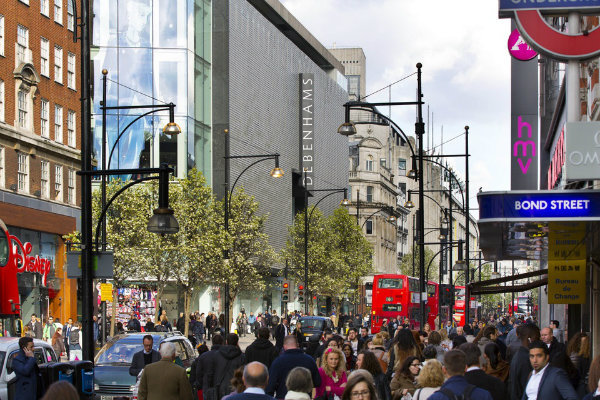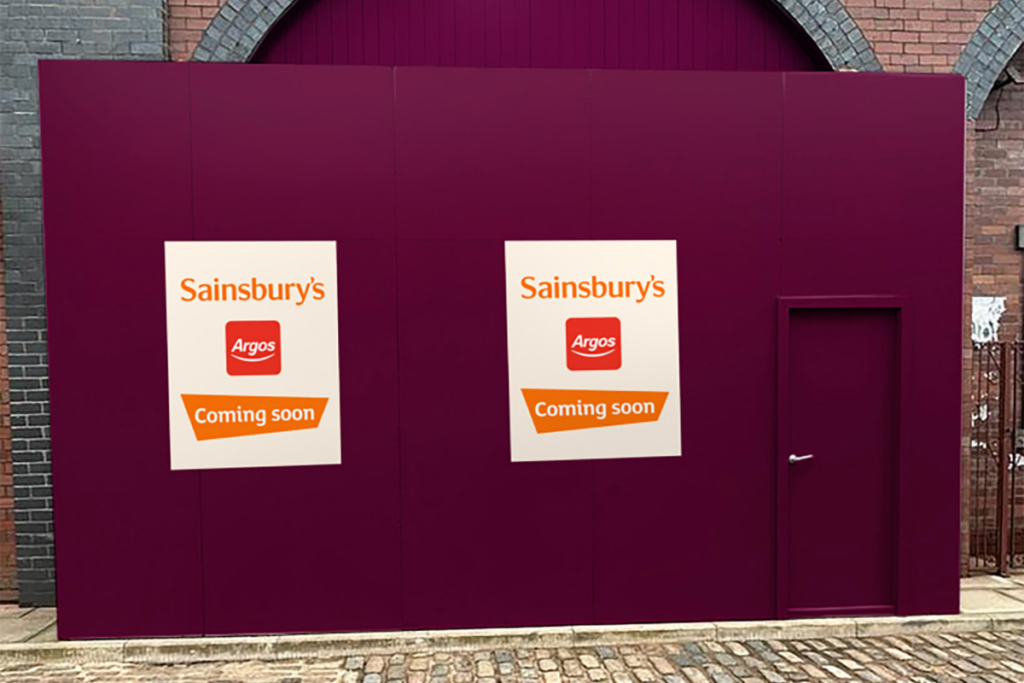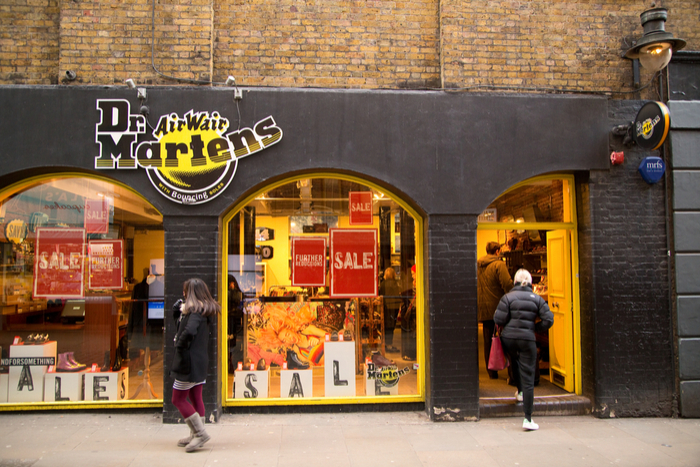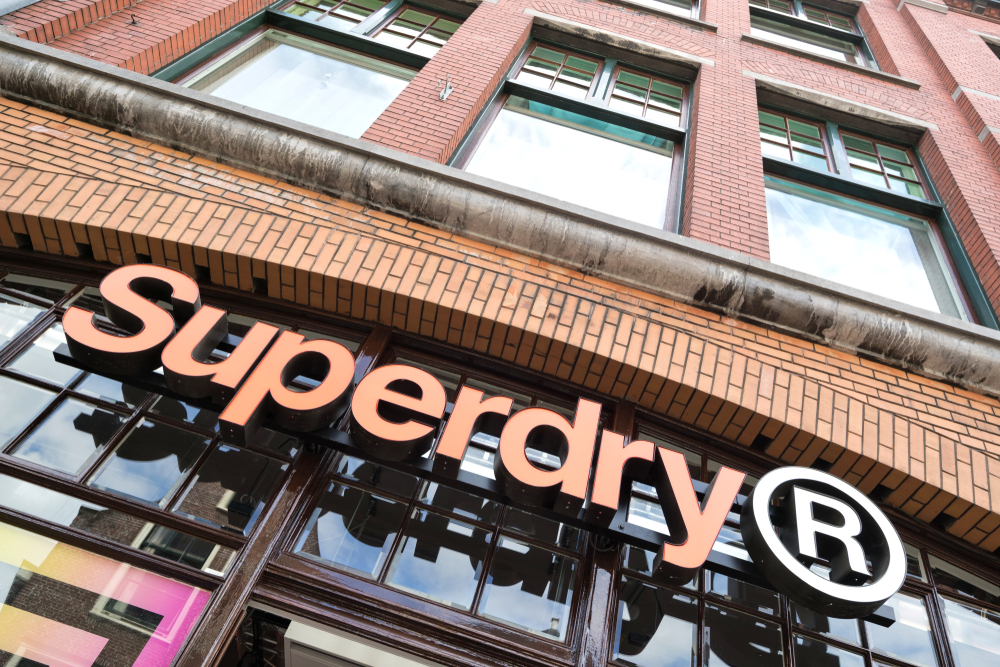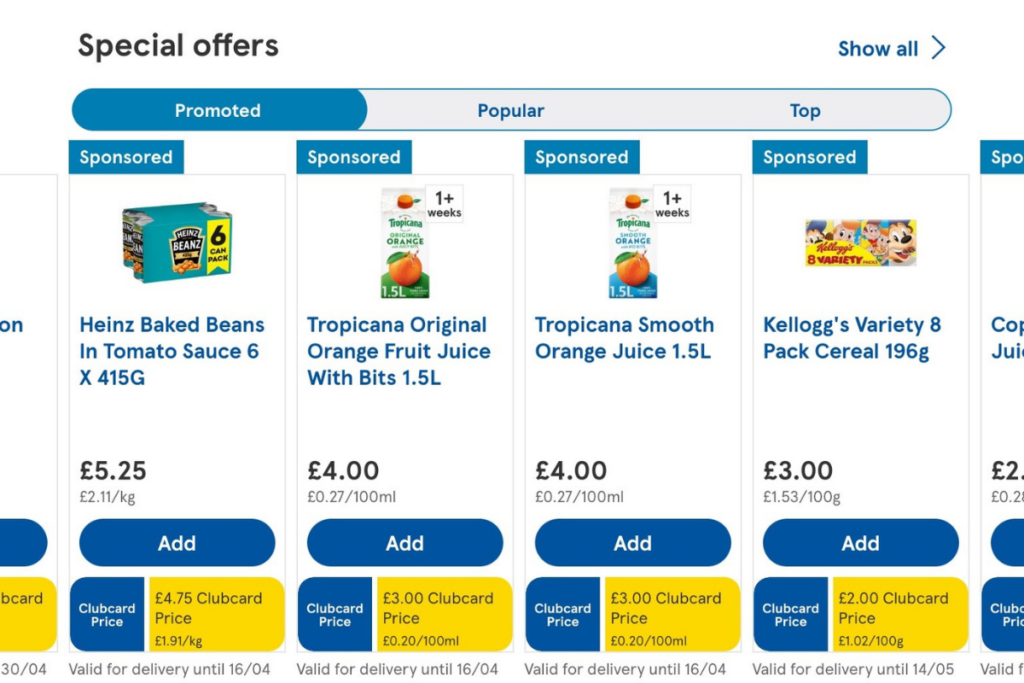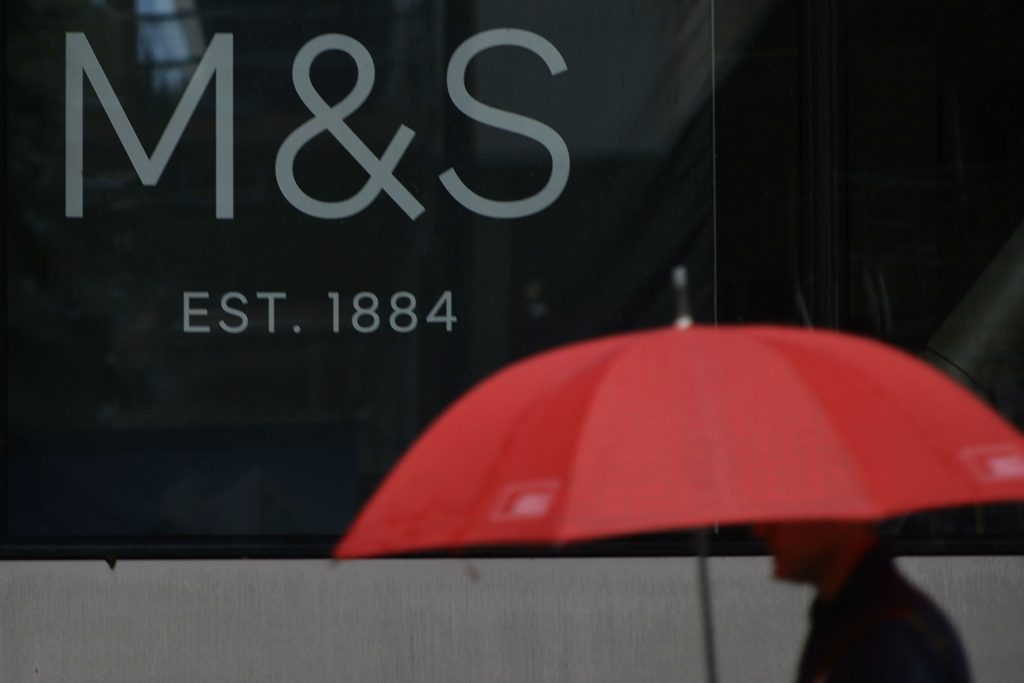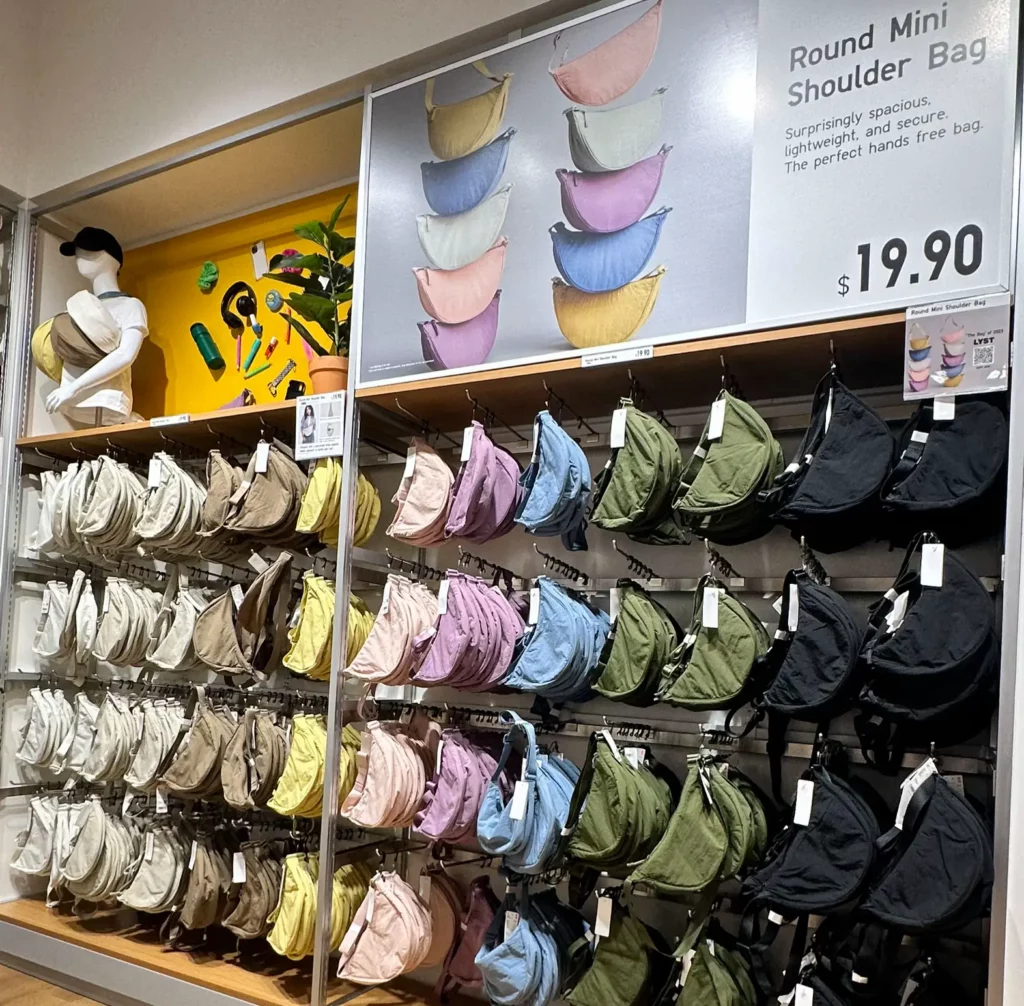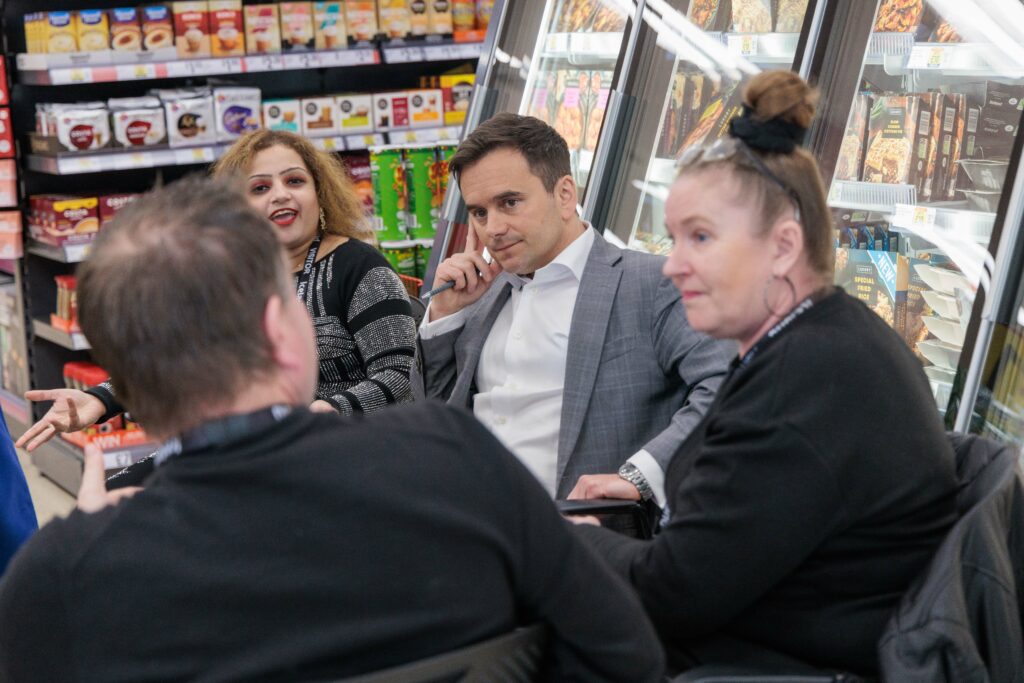Richard Poyser, Retail Leasing Manager at Legal & General Property
Question: How do you square this circle? At a time that retailers are busy refining their omni-channel strategies and shifting their focus onto internet shopping, landlords and developers are still building more and more physical stores, investing big sums in bricks-and-mortar. Is this wise asset management or are they out-of-step with the future direction of retail?
Part of the answer is in understanding customers and what they want. To get under the skin of the issue, we asked the public about their preferences and evolving shopping habits. After all, we‘re investing in one of the largest urban regeneration schemes currently being built in the UK, so we need to know what people want.
Town centres
Our research quizzed some 2,000 adults across the UK and, encouragingly, found that shoppers still favour their town centre with almost seven in ten claiming to visit their local town centre more, or as much, as they shop online (68 per cent). Of course, ‘shopping online‘, in this context, could mean one song from iTunes, the weekly shop from the online arm of the local supermarket or a click-and-collect item from a physical store.
Additionally, half of those polled visit their local town centre at least once a week (54 per cent), and one in ten go every day. Maybe that‘s why internet companies are recognising the importance of combining digital and physical, sometimes termed ‘digical‘. Amazon, for example, opened its first customer-facing bookstore in November last year. Indeed, some 20 online companies in the US have opened shops showing a trend back towards physical.
Social heart
That certainly gave us strong encouragement to create more. Bracknell is the first post-war New Town to be comprehensively masterplanned, demolished, reconfigured and rebuilt. The redevelopment will create a new social and cultural heart for the borough … and that‘s the important part.
Many town centre regenerations are retail-led with local residents benefiting from corresponding investment in important infrastructure such as roads, rail, schools and healthcare. Our research found that convenience is a town centre‘s biggest asset, with almost half of those polled citing easy access as the best aspect of their town centre (47 per cent).
Welcoming destination
A busy, welcoming retail destination creates a strong sense of neighbourhood and community. A place for mothers with their young children to meet for a coffee and to shop, for teenagers to hang out with mates and see a movie, and for families to spend time together and enjoy a meal. The importance of public spaces cannot be understated here – the spaces between the places should encourage customers to linger, and provide opportunities for additional experiences to be curated throughout the year. Wide streets to encourage a slower pace of retail, engaging public art, and flexible squares and parks all have a role to play in giving people more and more reasons to spend time in town centres.
The physical world of retail is evolving and capital investment reflects this evolution. Development projects and construction work transform retail areas from ‘how it used to be done‘ to ‘how the retail world is going to be’. And digital is an important part of contemporary expectations. Our research showed technology plays a part in enhancing the shopping experience, with over four out of every five customers (83 per cent) using some form of technology as they shop, including almost a quarter using wifi (22 per cent).
Life-blood
This aspect becomes even more profound with young adults who are, after all, the future life-blood of the sector. Of the 18-24 age group, discount apps are regularly used (21 per cent), as is wifi (40 per cent) and sharing selfies of their experience on social media with mates (13 per ce
RELATED STORIES


